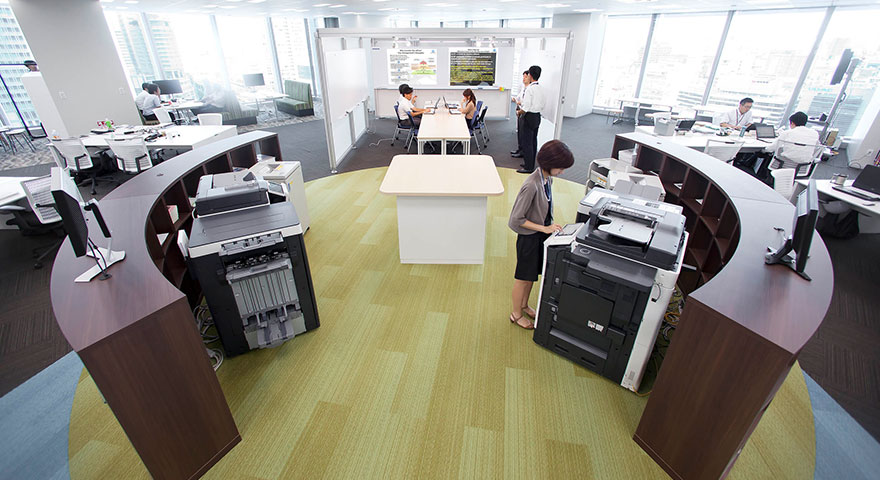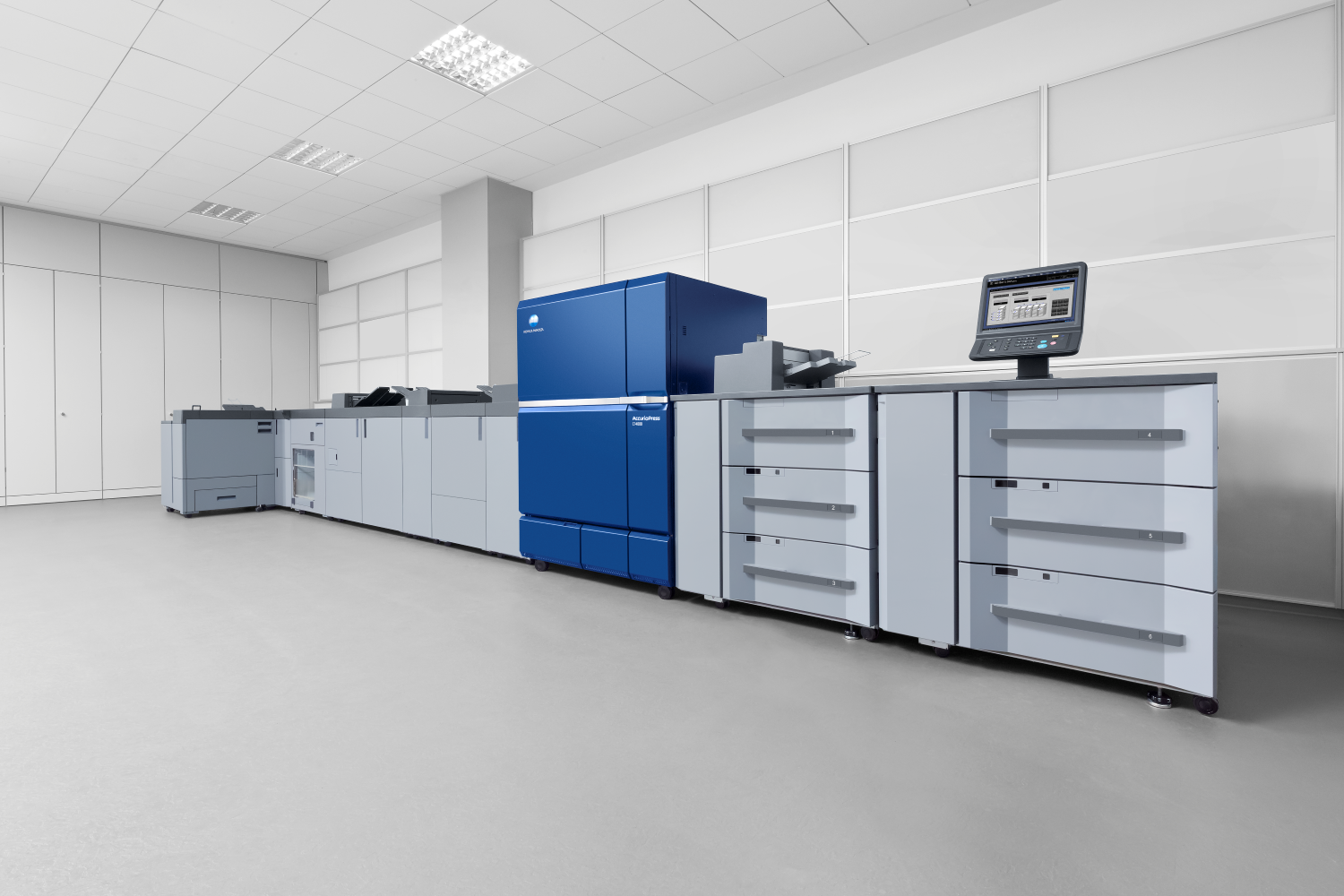The effects that light, sound, texture, and scent have on us as humans are undeniable, and the latest thinking suggests they could help give us the edge at work too. According to recent research from Sydney based architects Hassell, combining attractive workplace facilities and an appealing culture can outweigh salary in attracting candidates.1
When designing a workplace, the aim is to respond to the business and cultural drivers of an organisation. Combined with the right systems and cultural change, physical space can make a huge difference to help shape our mindsets.
There are four ways organisations can tailor the physical settings of a workplace to boost morale and productivity for employees:
- Colour code your ambitions
The power of the paintbrush influences the way we all think and, consequently, perform when exposed to different colours in our environment.
Brighter colours (such as reds, blues, and greens) are conducive to higher focus and task accuracy, and blue in particular promotes calm, mental clarity, control, and creative thinking. When you understand this, it isn’t too difficult to see which areas of your workplace may be mis-hued. In research, priming people with the colour blue produced an increase in lateral thinking, and the colour red yielded greater proofreading accuracy. Furthermore, yellow and orange naturally stimulated alertness, clear decision-making and lively discussion.
- Light up the bottom line
The right lighting can dramatically impact productivity so the workplace of the future will look to leverage lighting whether it’s making better use of natural light, or turning on to the benefits of intelligent lighting. The presence of ample daylight and windows, as well as opportunities for active and passive contact with nature, sensory change, and variability, all have positive impact on people’s wellbeing.
Philips Schoolvision is a lighting system specifically created with different settings to help shape positive classroom behaviour. Settings include ‘Focus’, high intensity light with a cool colour tone to support concentration, and ‘Calm’, standard intensity level with a warm colour tone. The ability of lighting types to affect performance was shown to be nothing short of amazing: a 35 per cent increase in reading speed, 45 per cent decrease in error frequency, and 76 per cent decrease in hyperactive behaviour.
- Sound business sense
Overhearing colleagues talking while trying to read or write can reduce your performance by up to 66 per cent.2 Based on figures like this, workplaces should consider sound as a major factor in their design.
The negative effects of sound in the workplace are well documented, yet less well-understood is whether sound can have positive influences. Juliet Zhu, professor of marketing and co-director for the Branding Centre in Cheung Kong Graduate School of Business, found in her research that low levels of sound affect productivity almost as much as high ones, with moderate levels of ambient noise having the ability to increase performance.3 The challenge is finding the sweet spot for optimum concentration and creative flow.
- Smell profit
The sense of smell has a direct connection to the emotional and memory centre of the brain, which bypasses conscious thought, meaning the right scent can directly affect how we feel and behave. Harnessing the knowledge of how different scents affect us can be a powerful tool for workplace use. Cinnamon, mint, lemon, orange, and rosemary are all linked to increased productivity. Tailoring scents to work in tandem with other environmental factors can help amplify a particular effect too.
1. https://www.hassellstudio.com/uploads/20191212_WorkplaceDesignAttraction.pdf





